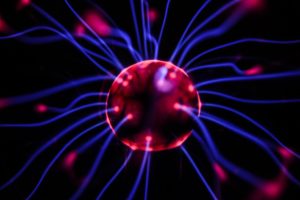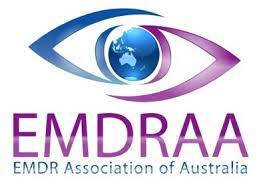

People come in all shapes and sizes physically, but also emotionally. Some express their emotions without introducing themselves. Others are quite the opposite, never knowing about their emotional thermometer.
 People who have been traumatized can respond in either way. Traumatized clients expect to tell the therapists about their experience; however that’s not always necessary. In some cases, it’s better for the client not to tell their story. Because we don’t want the client to unnecessarily relive threats associated with the trauma.
People who have been traumatized can respond in either way. Traumatized clients expect to tell the therapists about their experience; however that’s not always necessary. In some cases, it’s better for the client not to tell their story. Because we don’t want the client to unnecessarily relive threats associated with the trauma.
When faced with a threat, a message is sent to the amygdala. The amygdala is part of the limbic system of the client’s brain. The client’s amygdala automatically assesses the threat. It then sends a message to the brain stem to activate the fight-flight-freeze response. We need these responses for survival. In this way, the client is responding in accordance with normal survival mechanisms.
Physiology changes include blood being redirected from the head and the stomach to the arms and legs. This facilitates a fight or flight response. The blood redirection in the brain is what causes us to become confused and muddled in the mind.
 When we are confused and dazed, traditional talking therapies such as Cognitive Behavioural Therapy (CBT) are difficult to use with clients. This is because at the heart of CBT is the way in which we think about things is conceptualized.
When we are confused and dazed, traditional talking therapies such as Cognitive Behavioural Therapy (CBT) are difficult to use with clients. This is because at the heart of CBT is the way in which we think about things is conceptualized.
To help ensure clients remain in a therapeutic receptive mode, we use a powerful process called Havening Techniques. Before the client commences recounting the traumatic experience/s, we explain and demonstrate to them the Havening Technique.
The client self Havens and then begins to talk about their trauma. Using this approach anecdotal client reports are a lessening of the emotional component of the experience.
 Havening Techniques help to neutralize activated neurons. It alters chemical reactions that occur across the synaptic gap between neurons in the brain.
Havening Techniques help to neutralize activated neurons. It alters chemical reactions that occur across the synaptic gap between neurons in the brain.
Using Havening Techniques in this way is just one basic application to help clients. Havening Techniques can be used for processing events, uncomfortable emotions, for cravings or negative “what-if’s”. We can also use other Havening Techniques to create powerful positive neural networks.
So contact us to discuss how Andrew may be able to assist you.




Many of Thinkshift’s clients come to us for therapy delivered via Hypnosis. This is because Hypnosis has been demonstrated to
Australian Counselling Association (ACA#8312), Australian Association of Clinical Hypnotherapy and Psychotherapy (AACHP#2003094), EMDR Association of Australia (EMDRAA#1001198), Psychotherapy and Counselling Federation of Australia (PACFA Reg.Clinical#30404)





Arcadia, Ardmona, Ballendella, Bonn, Bunbartha, Burnewang, Byrneside, Carag Carag, Colbinabbin, Cooma, Coomboona, Corop, Deakin, Dhurringile, Echuca, Elmore, Fairy Dell, Gillieston, Girgarre, Girgarre East, Harston, Kanyapella, Kialla, Kotupna, Koyuga, Kyabram, Kyabram South, Kyvalley, Lancaster, Merrigum, Moama, Moora, Mooroopna, Mooroopna North, Murchison, Murchison North, Nanneella, Rochester, Rushworth, Shepparton, Shepparton North, Stanhope, Stanhope South, St. Germains, Strathallan, Tallygaroopna, Tatura, Tatura East, Timmering, Tongala, Toolamba, Toolamba West, Undera, Waranga, Waranga Shores, Wyuna, Wyuna East, Yambuna, Zeerust.